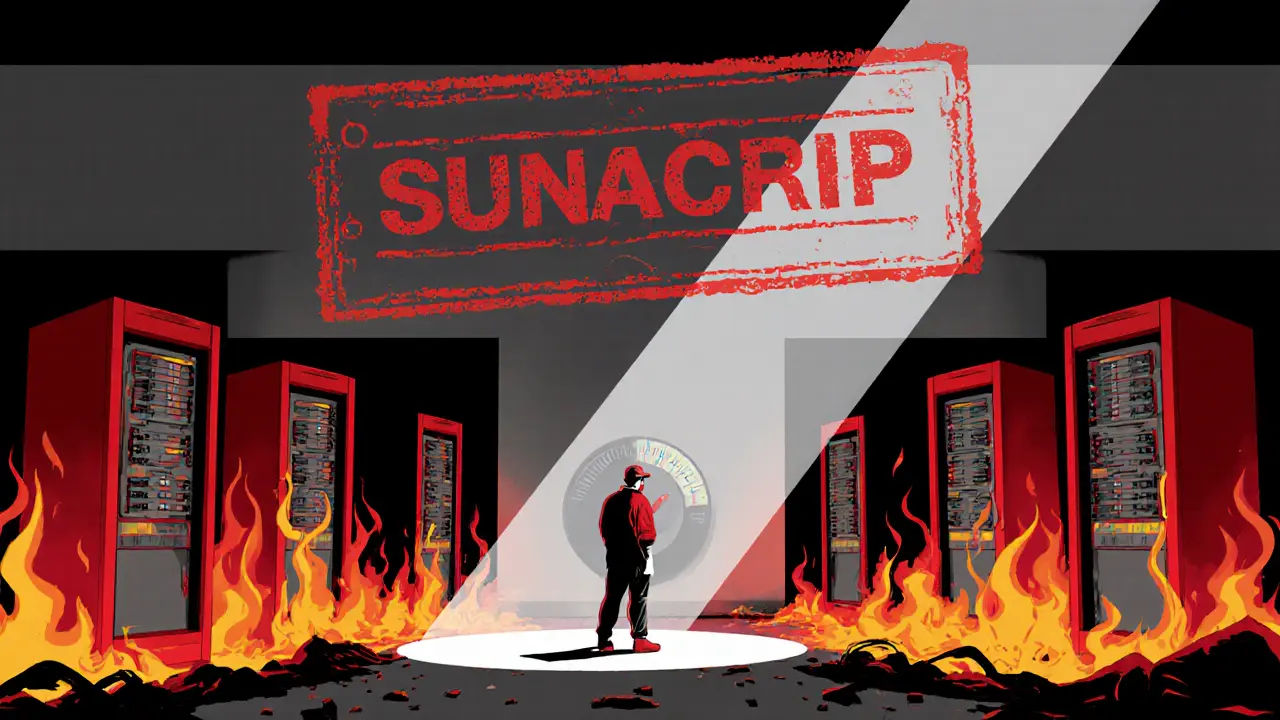State-Controlled Crypto: How Governments Shape Digital Money
When you hear state-controlled crypto, a digital currency system where governments dictate rules, access, and usage. Also known as central bank digital currency, it's not Bitcoin—it's the opposite. This isn't theory. Countries like China, Russia, and India aren't just watching crypto—they're building their own versions to replace it. They want the benefits of digital money without the decentralization that makes Bitcoin and Ethereum hard to track or shut down.
State-controlled crypto isn't about freedom. It's about control. Governments use it to monitor every transaction, freeze accounts without court orders, and block payments they don't like. In Russia, you can hold crypto but not spend it locally. In India, banks freeze accounts if you don't prove you paid the 30% tax. In China, the digital yuan can be programmed to expire or only work for approved purchases. This isn't innovation—it's surveillance with a blockchain label. And while some say it’s "more stable," what’s stable about being unable to move your own money?
Real crypto was built to escape this. But state-controlled crypto is the answer governments wanted: digital money that can’t be hacked, can’t be anonymous, and can’t be resisted. It’s the digital ruble, the digital yuan, the digital rupee—each one a leash disguised as progress. The posts below show you exactly how this plays out: from Russia’s legal gray zones to India’s bank crackdowns, from failed airdrops that vanish under scrutiny to exchanges that ban users without warning. You’ll see how people are trying to work around it, and why most attempts fail. This isn’t about speculation. It’s about survival in a world where your money is no longer yours.
State Control of Crypto Mining in Venezuela: How the Government Regulates and Restricts Digital Mining
Venezuela’s state-controlled crypto mining system was meant to boost the economy with cheap power and Bitcoin. Today, it’s paralyzed by corruption, blackouts, and broken regulations - yet people still mine anyway.
Details +